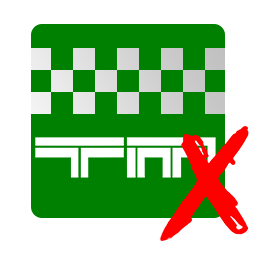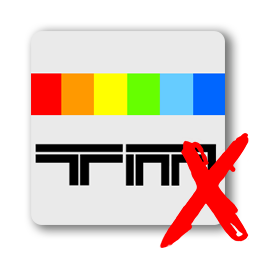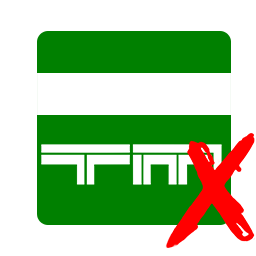I feel there must be some misconceptions about what a hurricane is. So I need to set the record straight.

A hurricane (aka a typhoon) is a tropical cyclone. It's a storm system with sustained winds of at least 119 km/h (74 mph). Because of the sustained winds they tend to develop an eye, like in the picture below. The strongest hurricanes have had recorded sustained winds of 314 km/h (195 mph).
They gain their strength as warm water evaporates from the ocean, so they develop over the water.
The image below is of Katrina, one of the most damaging hurricanes to hit the USA:

Hurricanes have been known to spawn multiple tornadoes in their storm system as they make landfall.
But tornadoes generally form over land. Tornadoes are sometimes referred to as twisters or cyclones. Cyclone is actually used in a broader sense in meteorology though to refer to any closed low pressure system.
Tornadoes can look a lot of different ways, but are usually characterized by a funnel. They're also much much smaller than a hurricane. The eye of hurricanes themselves are on average around 30-65 km (19-40 miles) in diameter. The hurricane itself can have a radius anywhere from 222 km (138 mi) to 888 km (552 mi).
Tornadoes are much smaller, though no less damaging over what they actually hit. Tornadoes are usually about 76 meters (250 feet) across with wind speeds less than 177 km/h (110 mph). But they can get as big as 3.2 km (2 mi) across with wind speeds exceeding 483 km/h (300 mph).
Tornadoes usually look something like this:

Tornadoes are defined in the glossary of the American Meteorological Society as:
"a violently rotating column of air, in contact with the ground, either pendant from a cumuliform cloud or underneath a cumuliform cloud, and often (but not always) visible as a funnel cloud"
So the storms we see in mine and Rowie's collaborative screenshot and in Sqweegel's screenshot are actually tornadoes, not hurricanes. I'm not saying we should lose because of that, but I just wanted to make it clear.
Hurricanes are usually characterized by heavy winds, rain and flooding, but I guess they're not the best thing to photograph from the ground (they're simply too big), unlike tornadoes.
I live in Kansas, in what they call Tornado Alley. I've seen my fair share of them. We have a siren in town that warns us if one is approaching town and I've heard it go off already about 6 times this year. We go for cover in the most interior room of our house on the lowest floor, preferably a basement or cellar. Thankfully I've never taken a direct hit, but I've been near enough to them to know they mean serious business.



 Log in
Log in
 Trackmania² Exchange
Trackmania² Exchange
 Shootmania Exchange
Shootmania Exchange
 TrackmaniaExchange
TrackmaniaExchange
 Trackmania Original Exchange
Trackmania Original Exchange
 Trackmania Sunrise Exchange
Trackmania Sunrise Exchange
 Trackmania Nations Exchange
Trackmania Nations Exchange
 Trackmania United Forever Exchange
Trackmania United Forever Exchange
 Trackmania Nations Forever Exchange
Trackmania Nations Forever Exchange
 ItemExchange
ItemExchange
 ManiaPark
ManiaPark
 TMTube
TMTube
 ManiaExchange Account
ManiaExchange Account
 ManiaExchange API
ManiaExchange API




 Feeling a little dumb at the moment.
Feeling a little dumb at the moment.  Or there are just not enough hurricanes and / or tornados in Europe to get me to know this (well, I guess it's better this way
Or there are just not enough hurricanes and / or tornados in Europe to get me to know this (well, I guess it's better this way  )
)




 I'm just glad you haven't had to have any experience with such things.
I'm just glad you haven't had to have any experience with such things.
 But I was just blown away. I couldn't really think straight.
But I was just blown away. I couldn't really think straight.






